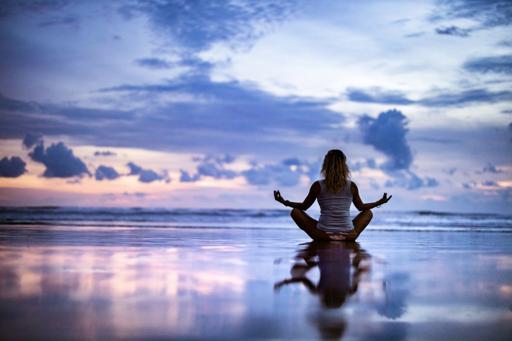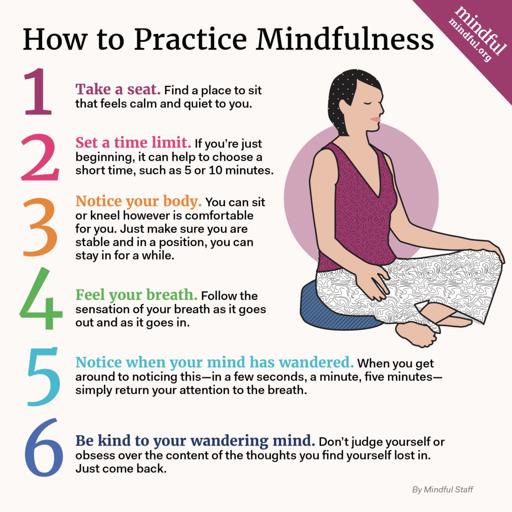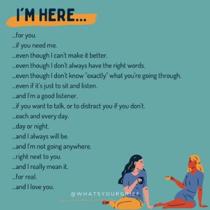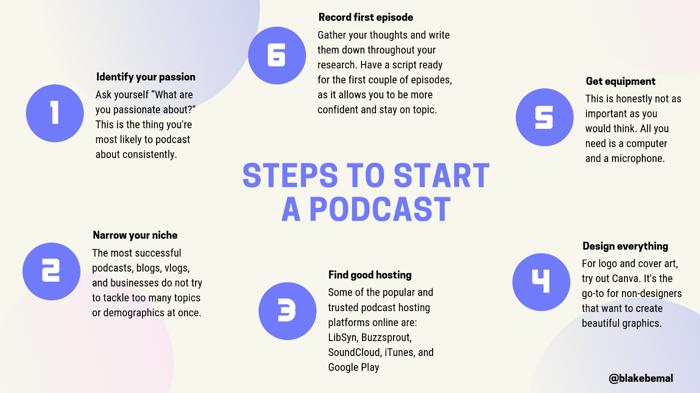How to Use Meditation to Boost Creativity
Harnessing the Power of Meditation to Ignite Your Creative Potential

Frequently Asked Questions
Start with just 5-10 minutes a day and gradually increase the duration as you feel comfortable. Consistency is more important than duration.
Mindfulness and visualization meditation are particularly effective. However, exploring different types will help you find the method that resonates most with you.
Step by Step Guide
1
Understanding Meditation
Meditation is a practice that involves focusing the mind and eliminating distractions. Start by familiarizing yourself with the different types of meditation, such as mindfulness, transcendental, and guided meditations. Each type has unique benefits, and understanding them helps you choose the one that resonates with your creative intentions.
2
Setting Your Intention
Before starting your meditation practice, set a clear intention related to your creativity. This could be to unlock new ideas, enhance problem-solving skills, or simply to feel more inspired. Write down your intention to reinforce it.
3
Creating a Comfortable Space
Designate a quiet and comfortable space for your meditation sessions. This could be in a peaceful room in your home or a serene outdoor location. Ensure this space is free from distractions and clutter to help foster a creative mindset.
4
Starting Your Meditation Practice
Begin with a short meditation session of 5-10 minutes. Sit or lie comfortably, close your eyes, and focus on your breathing. Inhale deeply through your nose, allow your belly to rise, and then slowly exhale through your mouth. As thoughts arise, acknowledge them and return your focus to your breath.
5
Visualizing Your Creative Goals
Incorporate visualization techniques into your meditation. Picture yourself achieving your creative goals, whether that's finishing a project or coming up with a brilliant idea. Imagine all the feelings of accomplishment and joy. This can enhance motivation and openness to new ideas.
6
Journaling Post-Meditation
After your meditation session, take a few minutes to journal about any thoughts or inspirations that arose. Writing helps clarify and solidify these ideas, making them more actionable. Consider keeping a dedicated creative journal to track your progress.
7
Incorporating Movement
Explore incorporating movement into your meditation practice, such as yoga or tai chi. These practices can enhance your body awareness and stimulate creative thinking by fostering a connection between your physical and mental states.
8
Regular Practice for Maximum Benefit
Commit to a regular meditation practice, ideally daily. Consistency is key to enhancing creativity; even short sessions can significantly impact your mindset over time. Adapt the length and style according to what feels best for you.
9
Seeking Guidance
Consider guided meditations focused on creativity, available through apps or online platforms. These can provide structure and varied techniques to keep your practice engaging. Look for sessions that emphasize brainstorming or idea generation.
10
Exploring Collaborative Meditation
Engage in group meditation sessions with fellow creatives. This can help stimulate collective creativity, as ideas often flow more freely in collaborative environments. Exchange thoughts and inspirations post-session to further enhance creativity.
11
Experiment with Different Techniques
Try various meditation techniques, such as mantra meditation, candle gazing, or sound meditation (using instruments like singing bowls or chimes). Each may unlock different aspects of your creativity. Keep an open mind to discover what resonates best with you.
12
Reflecting on Your Journey
Periodically reflect on how meditation has influenced your creativity. Notice any changes in your approach to problem-solving, idea generation, or overall artistic expression. Reflecting helps reinforce the benefits and motivates you to continue your practice.








